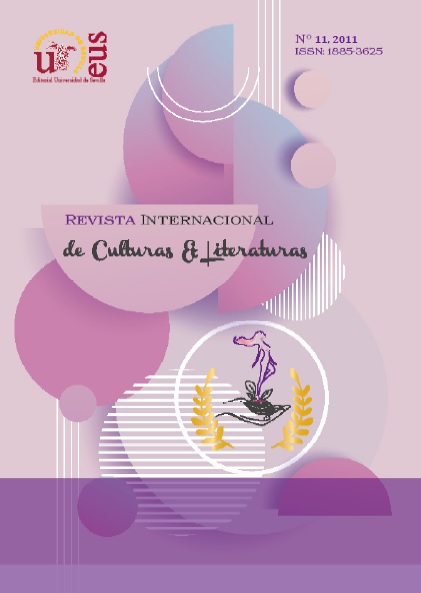IGIABA SCEGO Y LA CUESTIÓN DE LA IDENTIDAD EN LOS INMIGRANTES DE SEGUNDA GENERACIÓN
DOI:
https://doi.org/10.12795/RICL.2011.i11.17Palabras clave:
Igiaba Scego, inmigrante, identidadResumen
Los inmigrantes que se establecen en un país nuevo y desconocido se encuentran entre dos culturas, por lo que su identidad se irá forjando con el tiempo. Por otro lado, los hijos de inmigrantes, o inmigrantes de segunda generación deben elegir si adherirse o no a la cultura del país en el que se encuentran. Las obras de la autora italiana Igiaba Scego tratan la identidad de un inmigrante nacido en Italia a partir de la vida de cuatro jóvenes.
Abstract
Immigrants who settle in a new and unknown country find themselves between two cultures, so their identity will be forged over time. On the other hand, the children of immigrants, or second generation immigrants, must choose whether or not to adhere to the culture of the country in which they are. The works of the Italian author Igiaba Scego deal with the identity of an immigrant born in Italy from the lives of four young people.
Descargas
Citas
Ben Jelloun, T., Hospitalité française, Paris, Ed. Le Seuil, 1984
Istituto Psicoanalitico per le Ricerche Sociali, “Integrazione e identità dei minori immigrati”,
I bambini degli immigrati, Editor: CESTIM Centro Studi Immigrazione onlus, 20-09-10,
Scego, I., La nomade che amava Alfred Hitchcock, Roma, Sinnos Editrice, 2003
Scego, I., Rhoda, Roma, Sinnos Editrice, 2004.
Scego, I., Oltre Babilonia.
VV.AA., Pecore Nere: Racconti, Roma, Editori LaTerza, 2007.
VV.AA., Amori bicolori, Roma, Editori LaTerza, 2008

